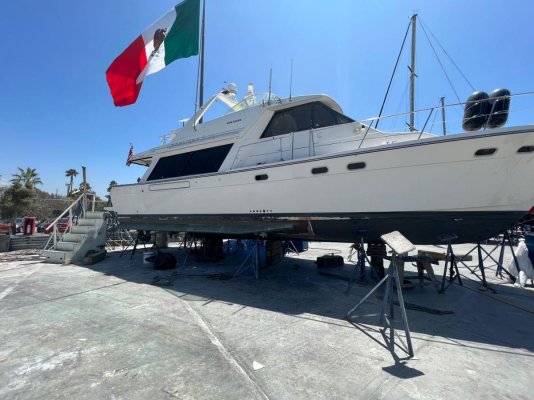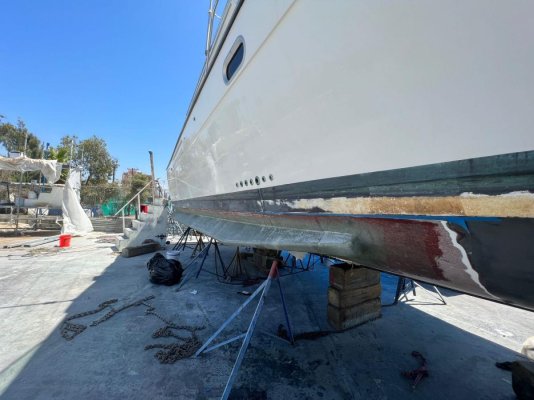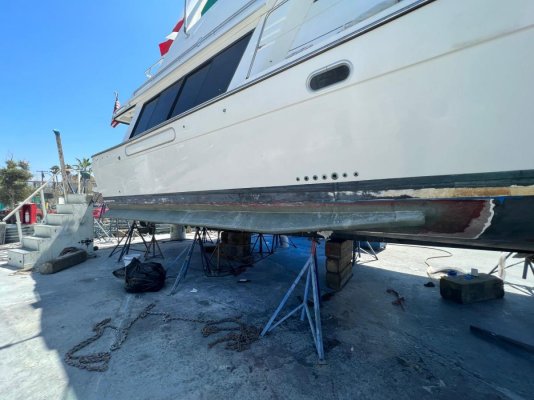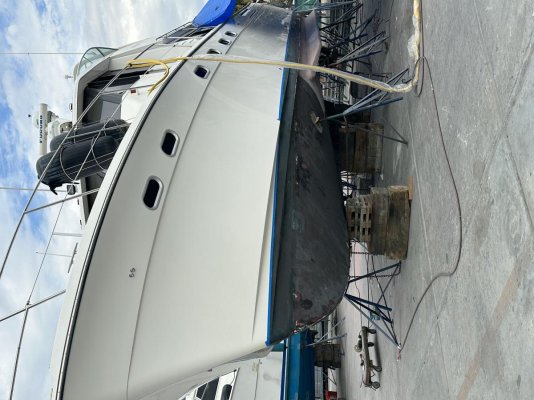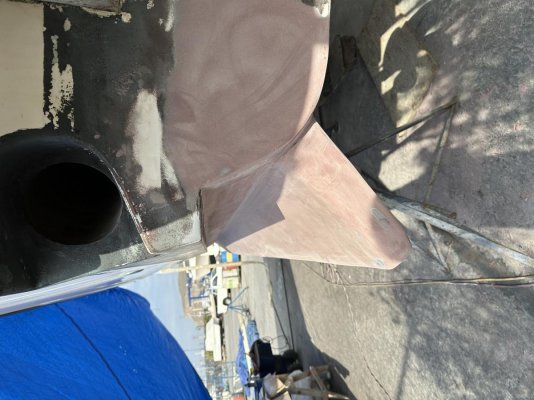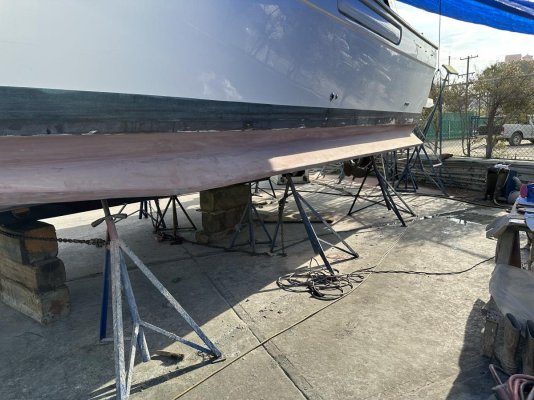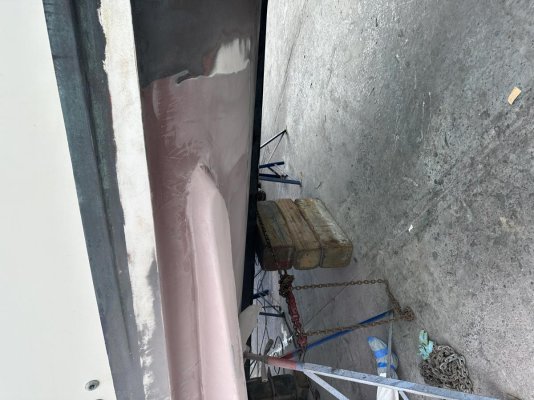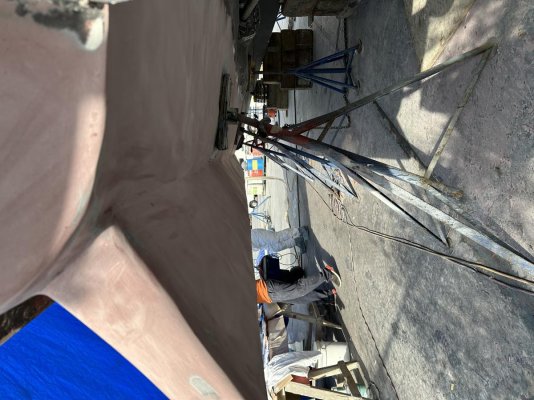Anti Rolling Tanks
On vessels above, say, 60 feet it is possible that the use of anti-roll tanks may be preferred over the use of paravanes, primarily due to the large forces involved in terms of being able to easily handle the paravane rig. Anti-roll tanks operate by allowing water to slosh (passive type) or by pumping water (active type) from side to side out of sync with the wave induced roll of the ship. There are several different styles of each. Anti-roll tanks must be designed carefully, sized right, tuned to the ship, and then tweaked to match the anticipated conditions.
For vessels below around 60 feet LOA, the space, weight and stability requirements of anti-roll tanks may prove to be prohibitive. For example, a 50,000 pound boat would need around a half ton of water in an anti-roll tank located at least as high as deck level. For supply vessels, research vessels or fishing vessels, all of which spend some amount of time at sea while not making any headway, anti-roll tanks can make a lot of sense. For example, per published data in Marine Technology, the combination of anti-roll tanks and bilge keels have been shown to be capable of reducing roll amplitude and accelerations by as much as 90% in some sea conditions.
In spite of their potential benefits, as a retro-fit anti-roll tanks are a very unlikely solution. During new construction however, there may possibly be justification for their use, since they can then be more gracefully incorporated into the design.

